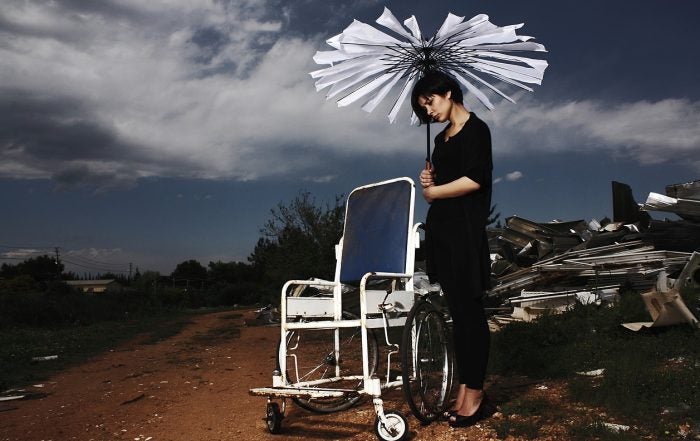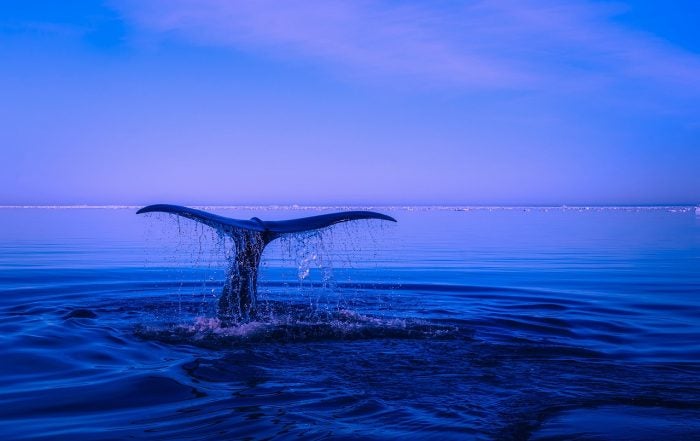Home » Posts tagged 'photography'
Tag Archives: photography
Yosemite Valley
By Ryan Lazzareschi, Computer Science ’21 At the end of the tunnel, I saw an opportunity I couldn’t miss. As the sun rose in the distance, the perfect composition of Yosemite Valley presented itself. The granite cliffs of El Capitan stretch thousands of feet down on the left with Bridalveil Falls set against the […]
Lower Yosemite Falls
By Ryan Lazzareschi, Computer Science ’21 Taking inspiration from the timeless black and white style of Ansel Adams, Yosemite Falls exemplifies the true beauty of Mother Nature. Lower Yosemite Falls as pictured (above, below, etc), comes crashing down 320 feet, making up only a fraction of the 2400 foot Yosemite Falls.
Photography: DNA
By Riley Galton, Genetics ’14 Deoxyribonucleic acid, or DNA, encodes all of the instructions necessary for the beautiful figures and forms that can be found in the biological world. All plants, animals, and humans— subjects that are so familiar to the photographer—share the same underlying, four-letter genetic code. It is this simple molecular code that […]
Population Vector
By Jennifer Jahncke, Psychology ’14 Something we talk about a lot in neuroscience in terms of topics like visual perception and locomotion is population vectors. A population vector is the sum of each component vector. In this image, with the trees converging to a vanishing point, the population vector would be the vector in the center […]

